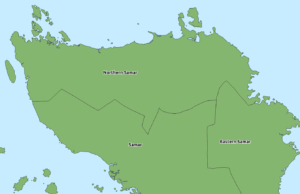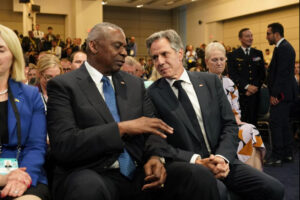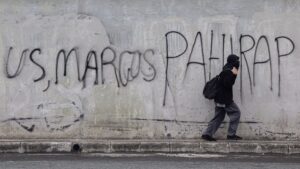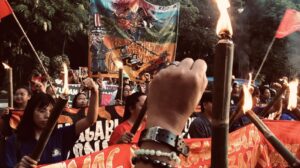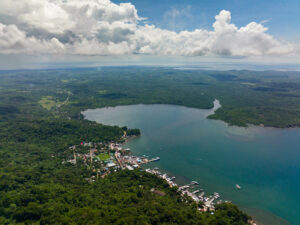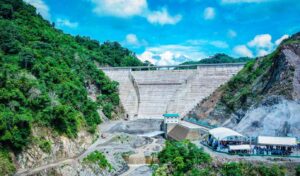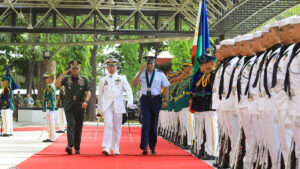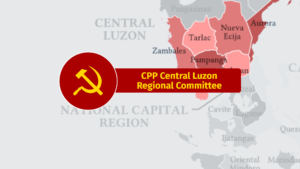Marcos-Biden meet marks advent of heightened US domination
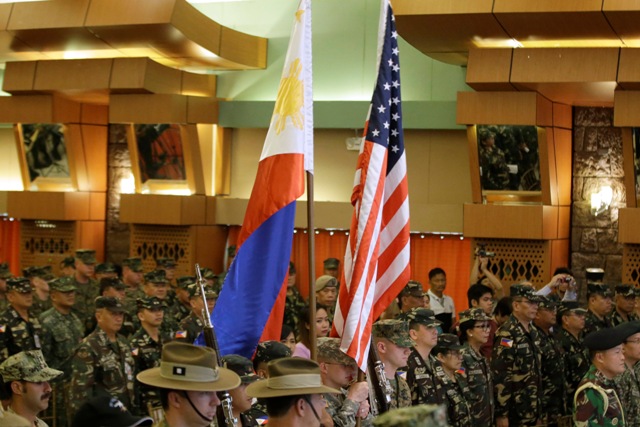
The recent Marcos visit and meeting with US president Biden cemented the US strategy of using the Philippines as its military outpost in the Asia-Pacific in line with its intensified push to strengthen its hegemony through expanded military presence in the region. It also serves as a historical juncture in reinforcing the status of the Philippines as a US semicolony.
The visit comes a few weeks after Marcos completely acceded to the US plan to build four more (in addition to the existing five) military bases under the Enhanced Defense Cooperation Agreement (EDCA), and a few days after the US military held the Balikatan war exercises in the Philippines in one of the biggest show of force in recent years.
Biden expressed extreme satisfaction with Marcos cooperation with the US geopolitical strategy. He told Marcos, he “couldn’t think of a better partner to have than you.”
The Marcos visit served to secure the Philippines as one of the key links in its First Island Chain strategy of encircling China and provoking a military conflict. The planned US military bases will complete the US plan to build a $27 billion network of long-range missiles within these islands that are closest to China.
The results of Marcos’ US visit and meeting with Biden mark the advent of even greater US control and domination of the Philippines. It produced agreements and programs that all aim to heighten US military intervention, strengthen military control, as well as reinforce US economic and cultural domination.
Biden’s declaration of “partnership” with Marcos is an unequivocal endorsement of his fascist and corrupt regime. Marcos’ less than one year in power is already marked by widespread violations of human rights. There is rising number of cases of extrajudicial killings, abductions and disappearances, torture, illegal arrests and other crimes perpetrated by the Armed Forces of the Philippines (AFP) and Philippine National Police (PNP) under the US-directed counterinsurgency campaign.
During the visit, the Marcos and US governments forged the US-Philippine Bilateral Defense Guidelines (BDG) which reinforces the Mutual Defense Treaty, the Visiting Forces Agreement (VFA), the Enhanced Defense Cooperation Agreement (EDCA) and other unequal military agreements. It further ties the Philippines to the bellicose foreign and defense policies of the US.
The BDG obliges the Philippines to stand against the enemies of the US, and takes away the country’s right to an independent foreign policy and amity with all nations. Point 14, under the first part, specifically, will compel the Philippines to side by the US against China, in the event of armed hostilities between the US and China.
Under the Guidelines, the US reiterates “support for AFP modernization” which has long served as a program to perpetuate Philippine military dependence on the US. The US has used foreign military financing to secure the loyalty of military generals through fat kickbacks in government military purchases, as well as to dump obsolete or previous generation US military hardware for counterinsurgency. To reward Marcos and the AFP, the US promised to transfer to the AFP at least four old patrol vessels as well as three C-130 aircrafts. This is in addition to previous plans to supply the Marcos regime with jetfighters, artillery, bombs, bullets.
It aims to “institutionalize defense priorities” which aims to strengthen “interoperability” to enhance the system of US command and control of the AFP. The Balikatan exercises and the hundreds of training exercises being conducted by the US and AFP year-round all seek to effectively turn the Philippine military into an adjunct of the US military.
The Marcos visit also served to further push US dominance over the Philippine economy and aggressive plans for American big capitalists to invest and earn profits in the country by exploiting cheap labor and taking advantage of tax-free operations and other perks being offered by Marcos. Big bourgeois compradors who accompanied Marcos offered their services as partners for US capitalists. The US government has been pushing the Philippines and other countries to allow US companies involved in untested modular nuclear reactors to invest and experiment with their technology. Before leaving for the US, Marcos pledged to allow American banks and corporations to engage in underwater extraction of rare minerals as well as expansion of investments in local agribusiness which aim to carry out large-scale operations.
The US government also announced plans to spend large amounts of money to expand programs that aim to inculcate the Pax Americana worldview among Filipinos, especially among the Filipino students and youth. Over $100 million will be spent in the next ten years to expand scholarship programs such as the Fulbright, student exchanges, “youth leadership trainings,” and organizing “friendship societies,” as well as USAID programs for curriculum development, faculty training, educational infrastructure building, and so on. This amount represents globally one of the US’ biggest funding for to expand and intensify its campaign to colonize the minds of the Filipino people.
The Marcos visit to the US was justly condemned by patriotic and democratic forces of the Filipino people. They exposed Marcos’ subservience to the US and denounced his connivance with the US hegemonic schemes to strengthen and project military power in Asia. They raised their voices to US provocations of of inter-imperialist military conflict with China which risk pulling the Philippines into a war not to its interest and putting into danger the Filipino people’s lives and freedom.
The US push to build more military bases in the Philippines under the EDCA, as well as other secret or undisclosed facilities, is rousing the Filipino people’s patriotic outrage, as these are gross representations of US intervention and domination. It is also drawing their attention to the long-standing unequal relationship between the US and the Philippines—one between an imperialist country and a subjugated semicolony, which has existed even since the US “granted” the Philippines nominal independence in 1946, after close to half a century of colonial rule.
During close to eight decades now, the US monopoly capitalists, in connivance with local big bourgeois compradors and big landlords, have plundered the country’s wealth and resources and condemned the Philippines to a state of economic backwardness and dependence. The neocolonial or semicolonial status of the Philippines has been perpetuated through a slew of unequal economic, trade and military agreements and through the force of armed suppression using its client-state.
There is the rising patriotic demand for the abrogation of the MDT, VFA, EDCA, the BDG and all unequal military treaties. They call for a genuine independent foreign policy and demand that the Philippines be freed from US foreign and defense policy and wars.
The Filipino people, especially the Filipino youth, must continue to fight for genuine national freedom and democracy and struggle to put an end to the economic, political, and military status of the Philippines as a US semicolony.
They must persevere along the path of national democratic resistance along which several generations of Filipinos have marched, and where thousands upon thousands gave all their lives in the fight for the people’s aspiration for national and social liberation.

